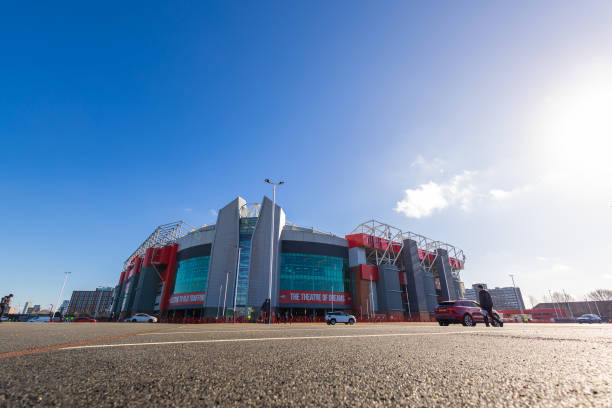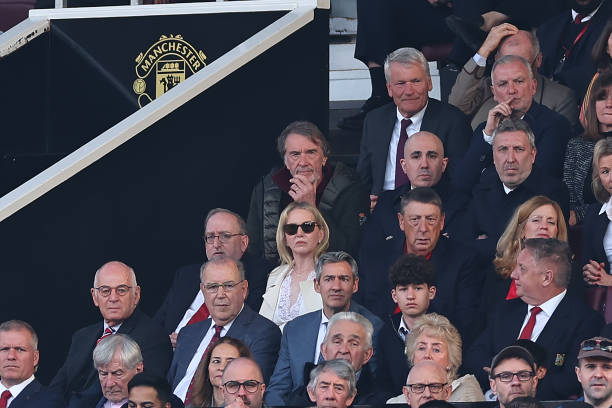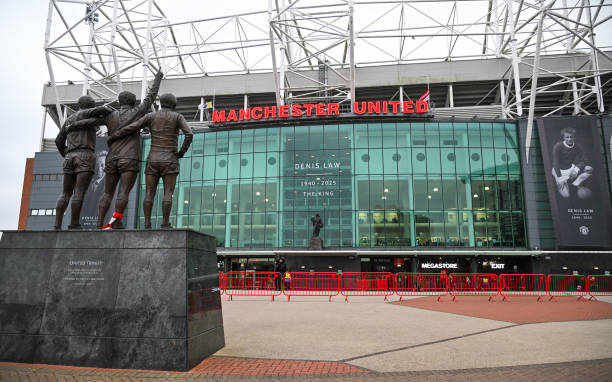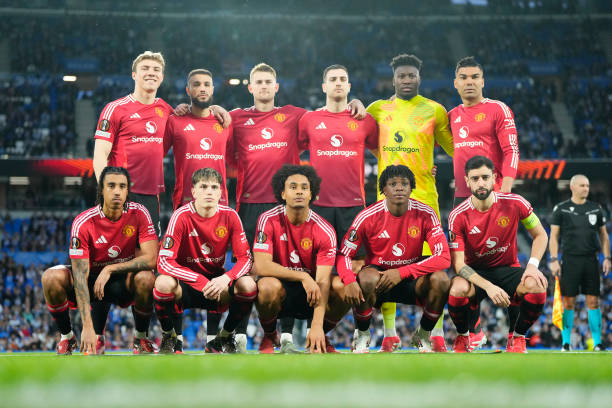
Introduction
Manchester United has announced an ambitious £2 billion project to build a state-of-the-art 100,000-capacity stadium near their iconic Old Trafford home. The project is set to make United’s new home the largest football stadium in the UK, surpassing Wembley’s 90,000-seat capacity. The proposed stadium is designed to be a world-class, technologically advanced venue that will redefine football infrastructure in Europe.
While the project promises economic growth, enhanced fan experience, and long-term sustainability, it also raises concerns about finances, heritage, and the fate of Old Trafford. In this in-depth post, we analyze the seven biggest impacts of Manchester United’s stadium revolution and what it means for the club, its fans, and global football.
1. Record-Breaking Capacity & Modernized Facilities
The proposed 100,000-seat stadium would make Manchester United’s new home the largest club stadium in England and one of the biggest in the world. The design will feature cutting-edge technology, an iconic roof structure, improved hospitality areas, and next-generation fan engagement features.
Key Features:
- A 360-degree wraparound LED screen for an immersive viewing experience.
- A state-of-the-art retractable roof to allow for year-round multi-purpose use.
- Smart seating arrangements, improved accessibility, and AI-powered stadium management.
2. Economic Boom for Manchester & UK Football
Manchester United’s new stadium is expected to inject an estimated £7.3 billion into the UK economy. The project will create thousands of jobs, boost tourism, and attract millions of visitors annually.

Economic Benefits:
- Over 92,000 jobs expected to be created during construction and operation.
- The stadium will revitalize local businesses, hotels, and transport services.
- Increased matchday revenues could exceed £200 million per season, strengthening United’s financial standing.
3. A Threat to Old Trafford’s Legacy?
Since 1910, Old Trafford has been synonymous with Manchester United’s history, hosting legendary moments from the Busby Babes to Sir Alex Ferguson’s golden era. With the move to a new stadium, the club faces the challenge of preserving the essence and legacy of Old Trafford.
Potential Solutions:
- Transforming Old Trafford into a museum and training facility.
- Hosting youth and women’s team matches at the historic ground.
- Retaining parts of Old Trafford as a symbolic landmark for future generations.
4. Funding the £2bn Mega-Project – How Will It Be Financed?
United’s ownership, including Sir Jim Ratcliffe’s INEOS Group, has committed to exploring multiple funding options for the stadium, ensuring financial stability without burdening the club’s competitive ambitions.

Funding Sources:
- Private investors and sponsorship deals (naming rights for the stadium).
- Increased ticket sales and premium hospitality packages.
- Potential government funding for urban regeneration and job creation.
Despite United’s current debt exceeding £1 billion, the club believes this investment will yield long-term financial sustainability.
5. The Best Fan Experience in World Football?
Manchester United plans to make the new stadium the most fan-friendly venue in the world. Innovations aim to transform the matchday experience into an unforgettable, immersive event.
Expected Fan Enhancements:
- Augmented reality experiences and interactive fan zones.
- Cashless and contactless entry systems for seamless access.
- Bigger concourse areas and improved food, drink, and merchandise facilities.

6. Environmental Sustainability & a Carbon-Neutral Future
United’s stadium blueprint includes groundbreaking eco-friendly measures to align with global sustainability goals. The stadium will aim for carbon neutrality with renewable energy sources and green infrastructure.
Green Initiatives:
- Solar-powered roofing and energy-efficient LED lighting.
- Rainwater harvesting systems to reduce water waste.
- Recyclable materials and zero-plastic policies inside the stadium.
7. Global Football Impact – Raising the Standard for Future Stadiums
If successful, Manchester United’s new stadium could redefine stadium design for the next generation. Other European clubs may follow suit, setting new standards for comfort, technology, and financial innovation in football infrastructure.

Possible Global Impact:
- Encouraging rival clubs to invest in stadium upgrades.
- Attracting international events like the UEFA Champions League final and FIFA World Cup matches.
- Boosting Manchester’s reputation as a global football capital.
SUGGESTED FOR YOU
Liverpool’s Painful UCL Exit: Arne Slot Reacts & 5 Heartbreaking Takeaways Against PSG
Conclusion
Manchester United’s £2bn stadium project is a monumental step towards the future. While it promises unmatched innovation, economic growth, and fan engagement, challenges such as funding, historical preservation, and community impact remain key talking points.
This bold move could cement United’s status as a 21st-century footballing superpower, setting new benchmarks in stadium design, financial growth, and sustainability. As the club moves forward with its plans, fans, players, and stakeholders will watch closely to see if this mega-project truly transforms Manchester United into a powerhouse for the next century.
Stay tuned for more updates on United’s historic stadium transformation!









